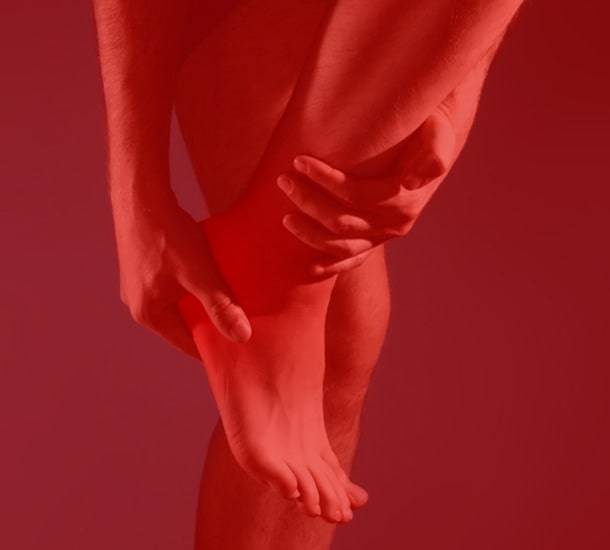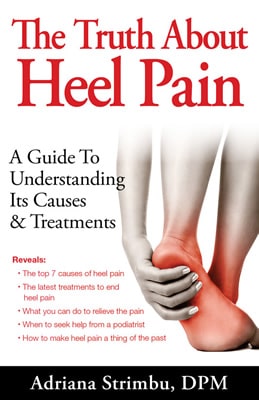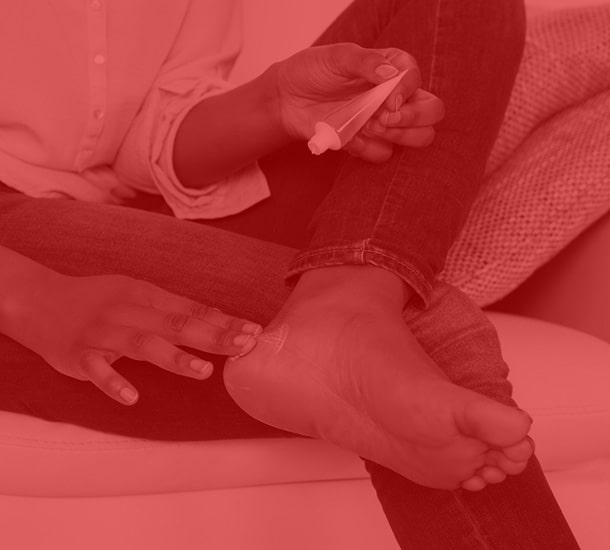
Facts about Conservative/Nonsurgical Treatment of heel pain and plantar fasciitis
- Avoid going barefoot. When walking without shoes, you will put pressure and strain to your feet and especially to the plantar fascia as well as you can create inflammation to the heel bone.
- Limit activities. It is important to limit your activities so that you can give your feet a rest and be able to heal.
- Do stretching exercises. Stretching exercises will help and also decrease pain to the area.
- Ice your foot. Icing will help calm down the inflammation. Place a thin towel on your foot and then apply an ice pack for 15 minutes. Do not apply the ice pack directly on the skin to avoid injury.
- Wear Supportive Shoe. When you wear a supportive shoe it will help support the foot. It is important to wear an arch support to avoid strain to the plantar fascia.
- Heel lift. Wearing a heel lift will decrease the strain on the plantar fascia.
- Anti-inflammatory medications. Anti-inflammatory medication will help decrease pain and inflammation.
- Custom Made orthotics. Since custom made orthotics are specifically made for your foot type, they are the best type of support for your feet. They fit into your shoes and will help correct the underlying structural deformity causing your plantar fasciitis.
- Padding, taping and strapping. Padding into your shoe will decrease the amount of pressure to the heel while walking. Taping and strapping will help with supporting of the foot and decrease the strain on the plantar fascia. They can be uses until you obtain proper arch supports or orthotics.
- Cortisone injection therapy. Cortisone injections are considered to help decrease pain and inflammation.
- Night splint. A night splint when properly worn, can help stretch the plantar fascia and decrease pain to your feet.
- CAM walker. A CAM walker can be used to immobilize the foot for a few weeks. It will avoid unnecessary stain and motion to the foot which will allow it to rest and heel faster.
- Laser Pain therapy. It is used to help decrease pain and inflammation. It is noninvasive, nonpainful and quick 10minute treatment. A series of treatments is usually needed, about 6 sessions.
- Regenerative injection therapy. Regenerative therapy treatment will stimulate the connective tissue’s ability to heal and also regenerate the plantar fascia.
- Physical therapy. Physical therapy can also be used to help decrease pain and inflammation.





